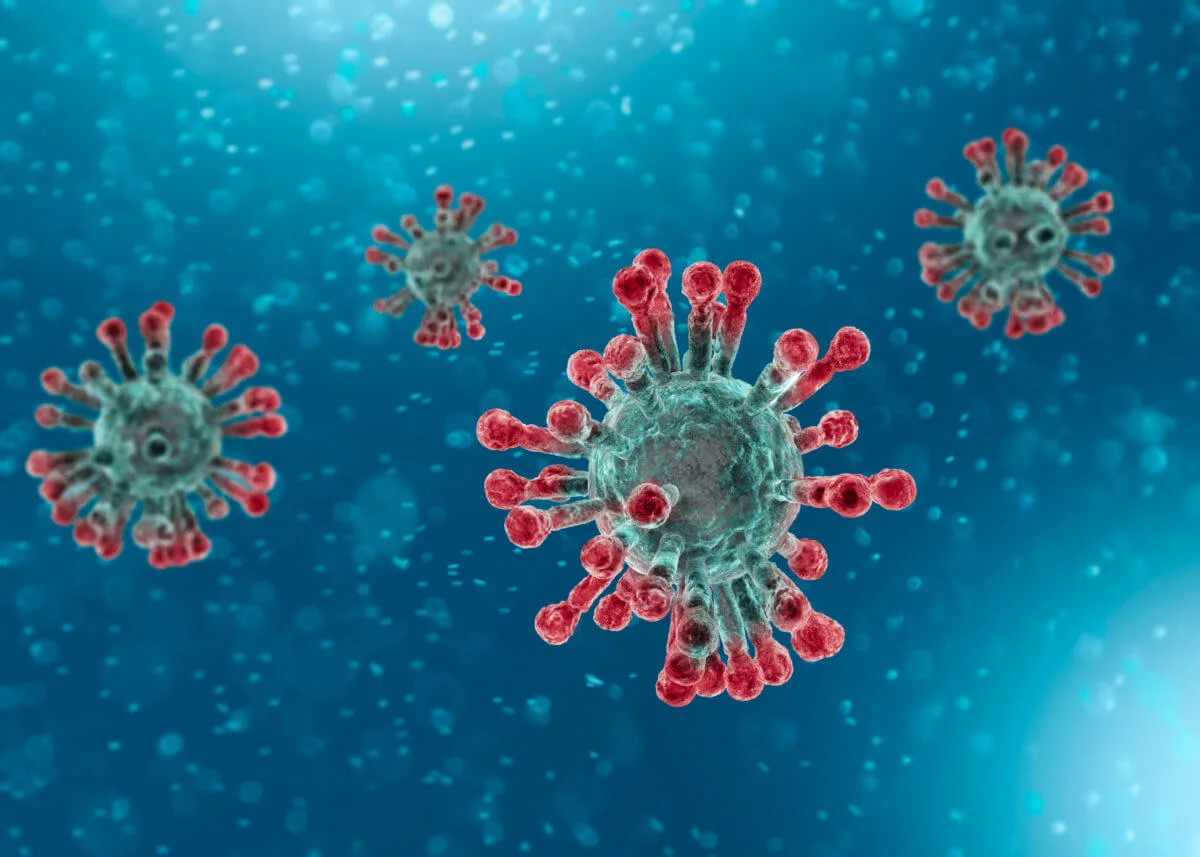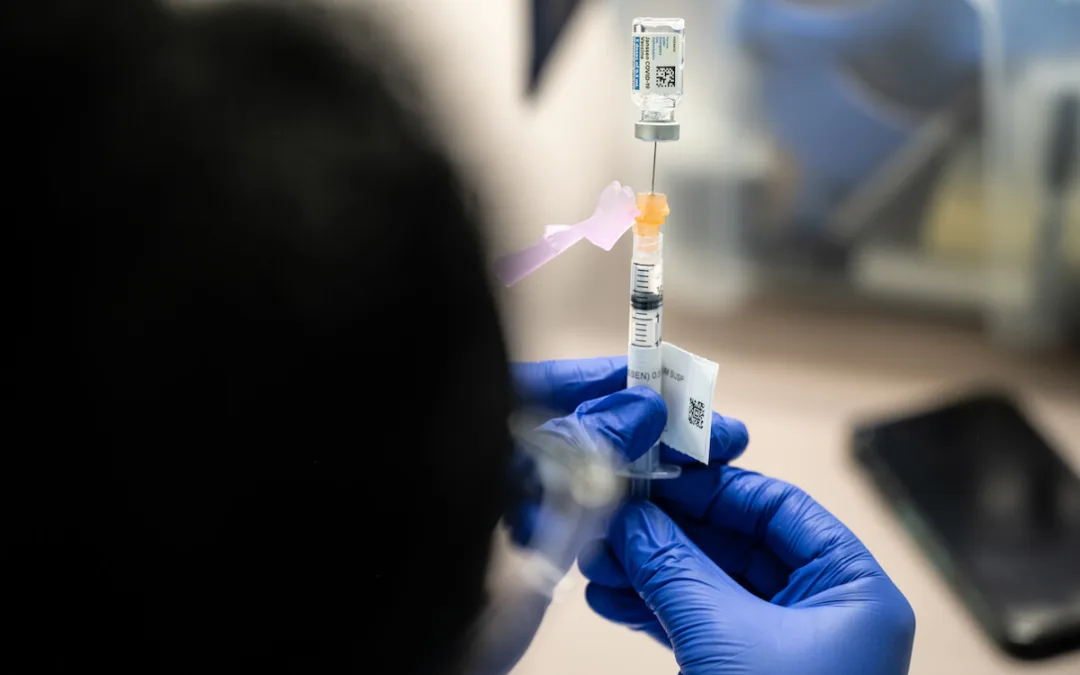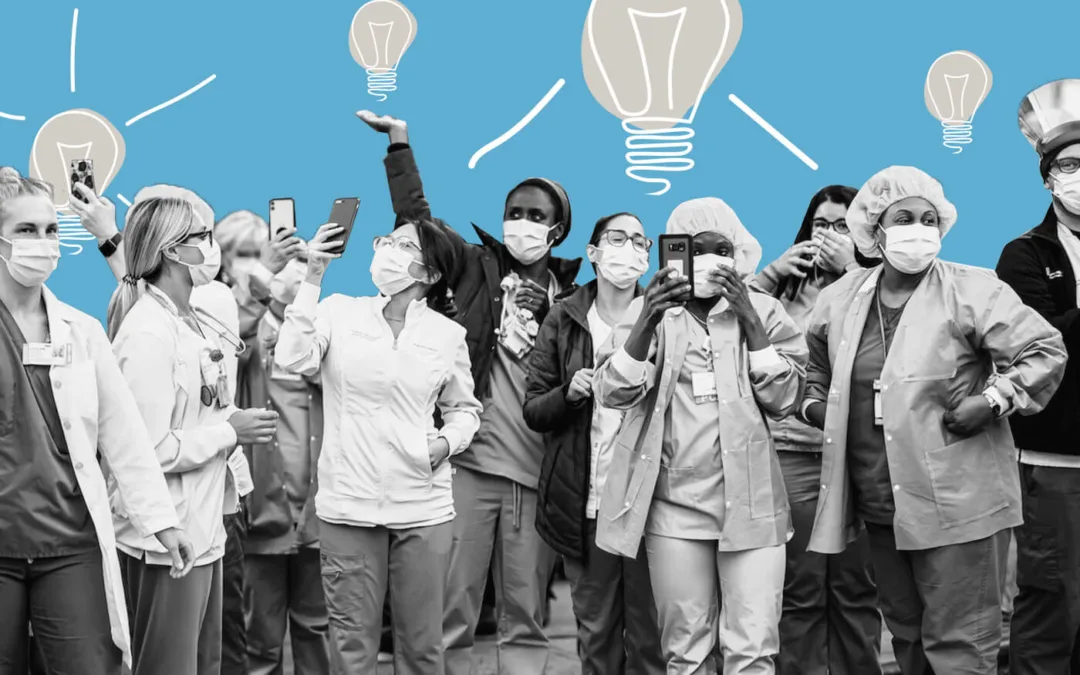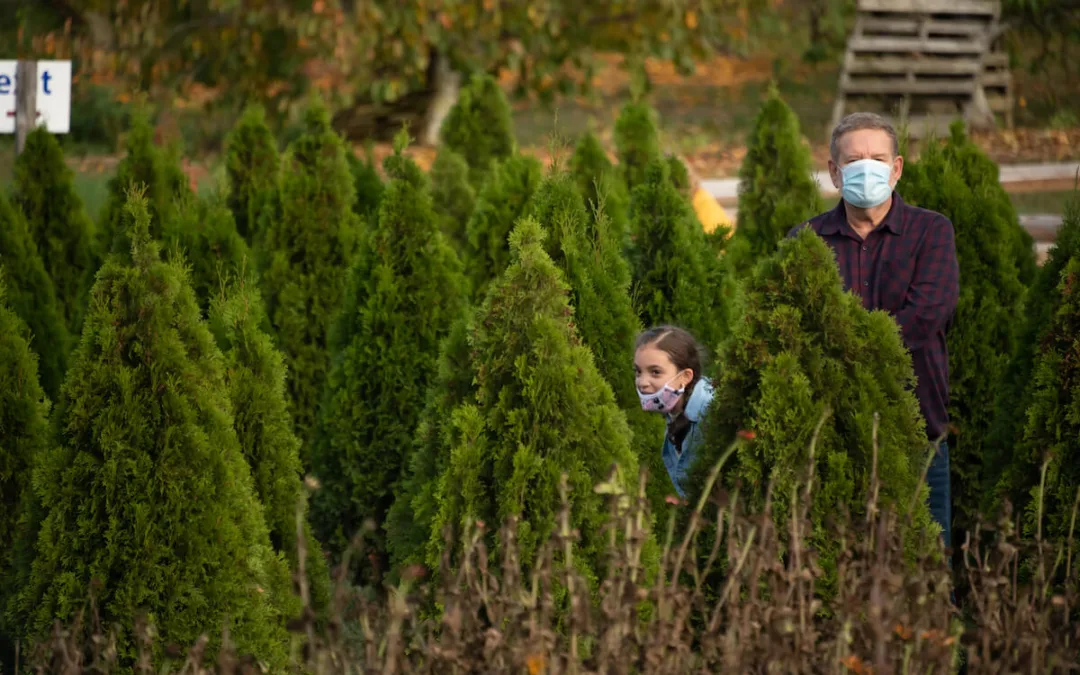
#image_title
#image_title
The number of reported deaths resulting from a new strain of coronavirus, which originated in China, has nearly tripled since Tuesday. Thus far, one American is known to have contracted the virus.
A deadly new virus has killed 17 people and infected 470 more in China, prompting global health officials to sound the alarm. At the center of this new public health concern is a newly identified strain of coronavirus, which can cause pneumonia-like symptoms.
The number of deaths resulting from the new strain has nearly tripled since Tuesday, and officials are concerned that the virus could spread dramatically and even mutate in the coming days. China begins its week-long celebration of the Lunar New Year on Friday, and the holiday is the world’s largest annual migration of people, with 400 million people expected to travel both within the country and abroad.
What is Coronavirus?
Coronaviruses are a large family of viruses that can range from the common cold to much more deadly diseases. The new virus strain is related to two other coronaviruses that caused major outbreaks in recent years: Severe Acute Respiratory Syndrome (SARS), which killed 774 people from 2002-2003, and Middle East respiratory syndrome (MERS), which has killed more than 850 people since 2012.
Coronaviruses most commonly arise among animals, such as camels, cats, and bats, but in rare cases, these viruses can evolve and infect humans and then spread among people.
How is the virus spreading?
The new coronavirus outbreak began in Wuhan, China, in December. Health officials suspect the outbreak began at a fresh food market in Wuhan. The market was closed on Jan. 1, but the virus continues to spread, indicating it has evolved and is now being transmitted from person to person.
It’s unclear how easily the new virus can transfer from person to person, but coronaviruses are often spread through the air, via cough or sneeze, or through close personal contact, such as touching or shaking hands.
Has it spread outside of China?
One case of coronavirus has been confirmed in the United States, in Washington state, according to the Centers for Disease Control and Prevention (CDC). The patient, who traveled to Wuhan and returned on January 15, is reported to be in stable condition.
The CDC has deployed a team to Washington in response to the case and health officials are trying to identify anyone who may have been in contact with the infected man. They are also notifying fellow passengers on his return flight and will monitor anyone showing signs of fever or respiratory illness.
Speaking from Switzerland, President Trump worked to reassure Americans. “We have it totally under control. It’s one person coming in from China,” Trump said. “It’s going to be just fine.”
Confirmed cases of coronavirus have also been reported in Thailand, Japan, South Korea, and Taiwan.
What are the symptoms?
Coronavisuses usually produce symptoms similar to a common cold, including a runny nose, cough, sore throat, and shortness of breath, but in more severe cases, infection can cause pneumonia, severe acute respiratory syndrome, kidney failure, and even death.
Older adults and people with underlying health conditions or compromised immune systems may be at increased risk for severe disease from the virus, according to the CDC.
The CDC is working to gather more information, but recommends seeing a doctor if your symptoms feel worse than a typical cold.
If you traveled to Wuhan and have a fever, cough, or difficult breathing, you should seek medical care right away. The CDC advises calling ahead to your doctor’s office or hospital emergency department to tell them about your recent travel and your symptoms. You should also avoid contact with others, avoid traveling, cover your mouth and nose, and wash your hands with soap regularly.
What is the treatment?
There is currently no vaccine or specific treatment for the new virus, but the National Institutes of Health announced this week that it’s in the “very preliminary stages” of research to develop a vaccine.
In most cases of coronavirus, a person will recover on their own. Pain or fever medications may help, and the CDC says a humidifier or hot shower can aid with a sore throat or cough.
How serious is the outbreak?
The CDC considers the new coronavirus outbreak to be a “serious public health concern,” and expects to identify additional cases in the United States. But the agency says that based on current information, the immediate health risk to the American public remains low.
As with all illnesses, you can reduce your risk of infection by avoiding people who are sick, frequently washing your hands with soap, and avoiding contact with your eyes, nose, and mouth.
What has the global response looked like?
In the United States, federal officials are screening passengers traveling from Wuhan at major airports in New York, Los Angeles, San Francisco, Atlanta, and Chicago. Officials will also redirect travelers from Wuhan in other parts of the country to the five airports conducting entry health screenings, ensuring that anyone arriving in the U.S. who’s spent time in Wuhan be thoroughly screened for the illness.
Several other countries have implemented similar health screenings of travelers arriving from Wuhan, and China has also begun exit screenings for travelers leaving the city.
The CDC is also working with the World Health Organization (WHO) to monitor the situation and activated its Emergency Response System on Jan. 21 to better provide ongoing support during the outbreak.
The WHO is holding an emergency meeting on Wednesday to determine whether to designate the outbreak as an international public health emergency.
Politics

Biden makes 4 million more workers eligible for overtime pay
The Biden administration announced a new rule Tuesday to expand overtime pay for around 4 million lower-paid salaried employees nationwide. The...

Biden administration bans noncompete clauses for workers
The Federal Trade Commission (FTC) voted on Tuesday to ban noncompete agreements—those pesky clauses that employers often force their workers to...
Local News

Readers Poll: Top Bowling Alleys in Wisconsin
Looking for the best bowling in Wisconsin? Look no further! Our readers have spoken in our recent poll, and we have the inside scoop on the top...

8 Wisconsin restaurants Top Chef judges are raving about
Top Chef’s 21st season is all about Wisconsin, and on-screen, it’s already apparent that the judges feel right at home here. But, while filming in...





